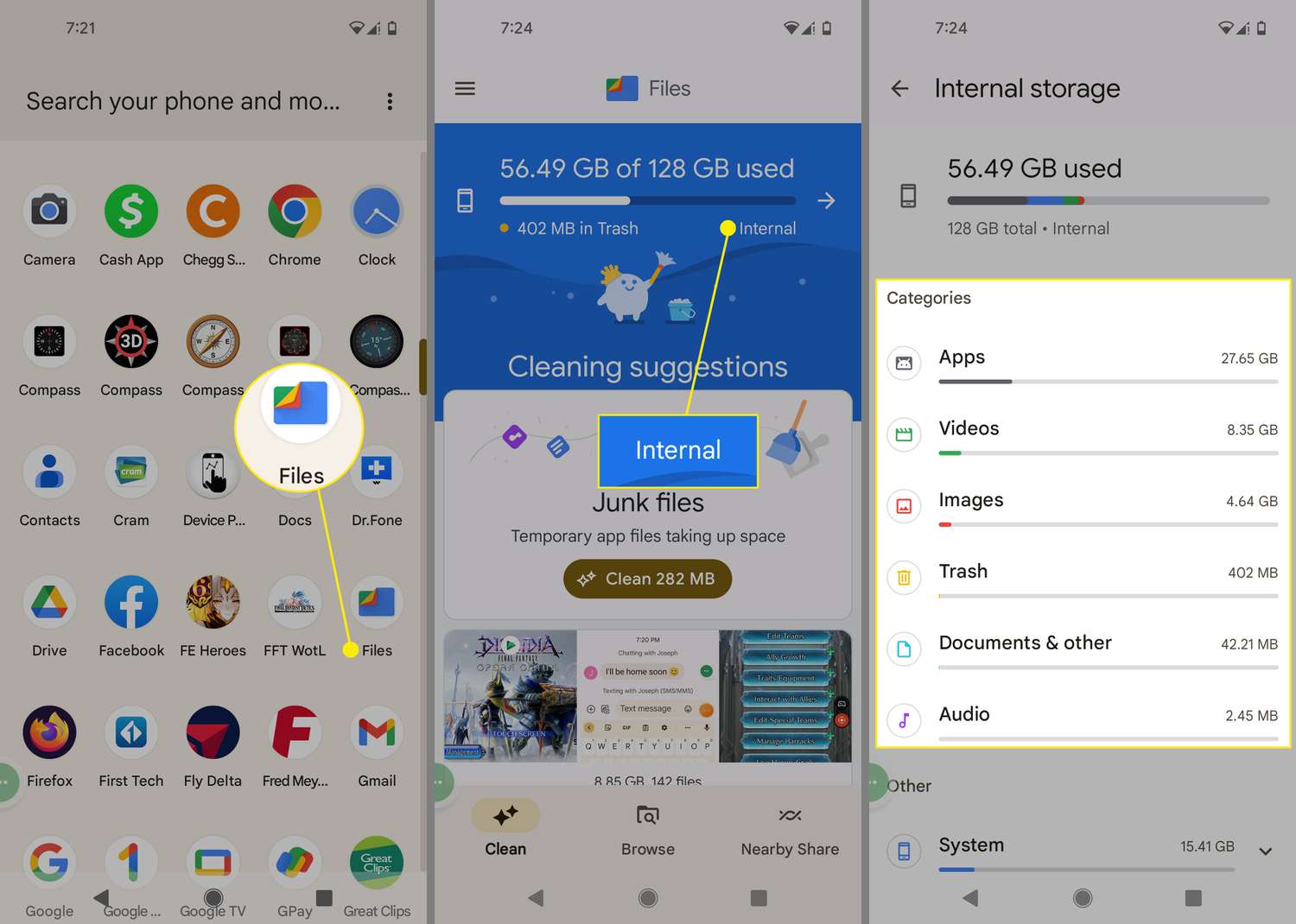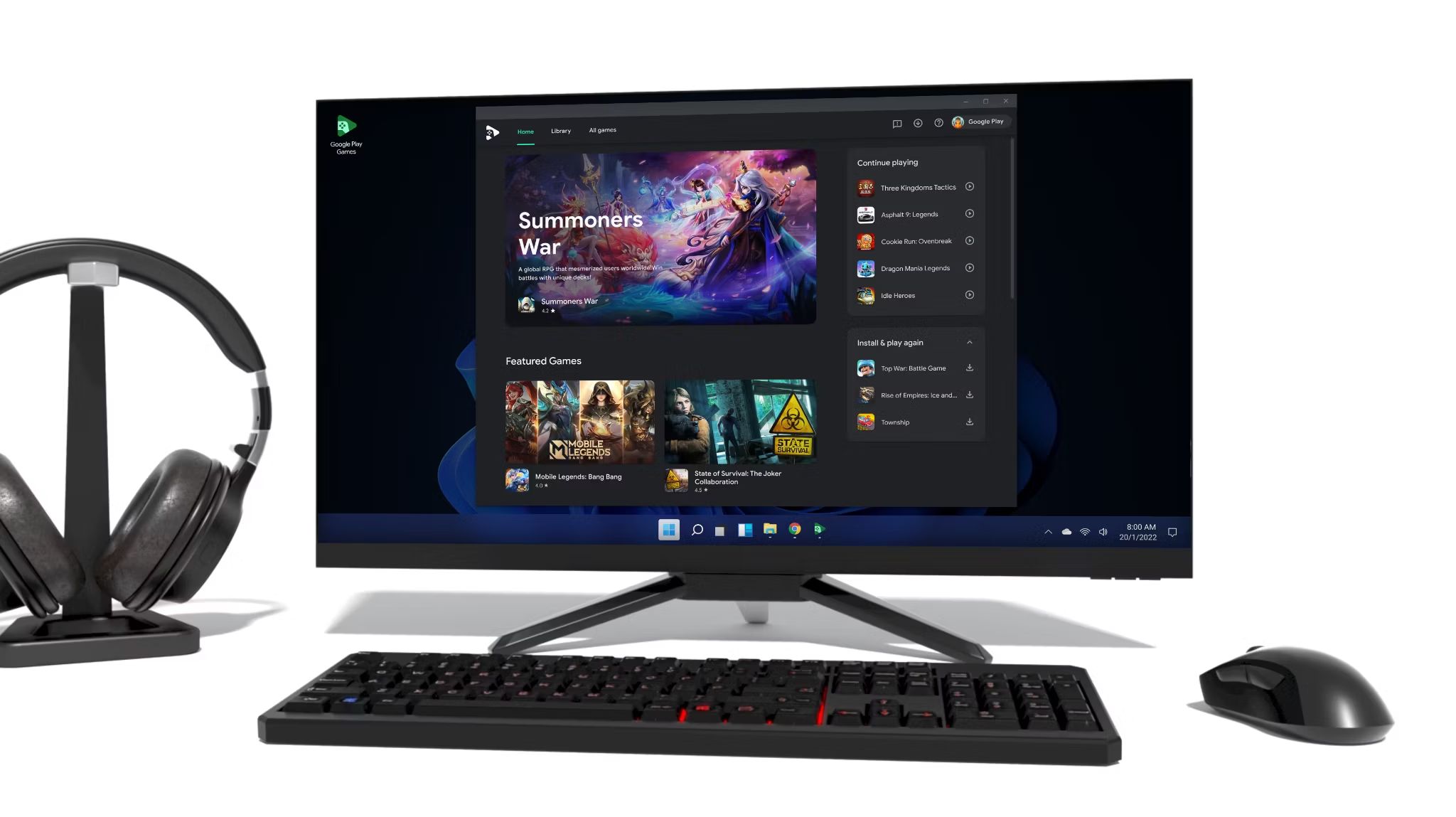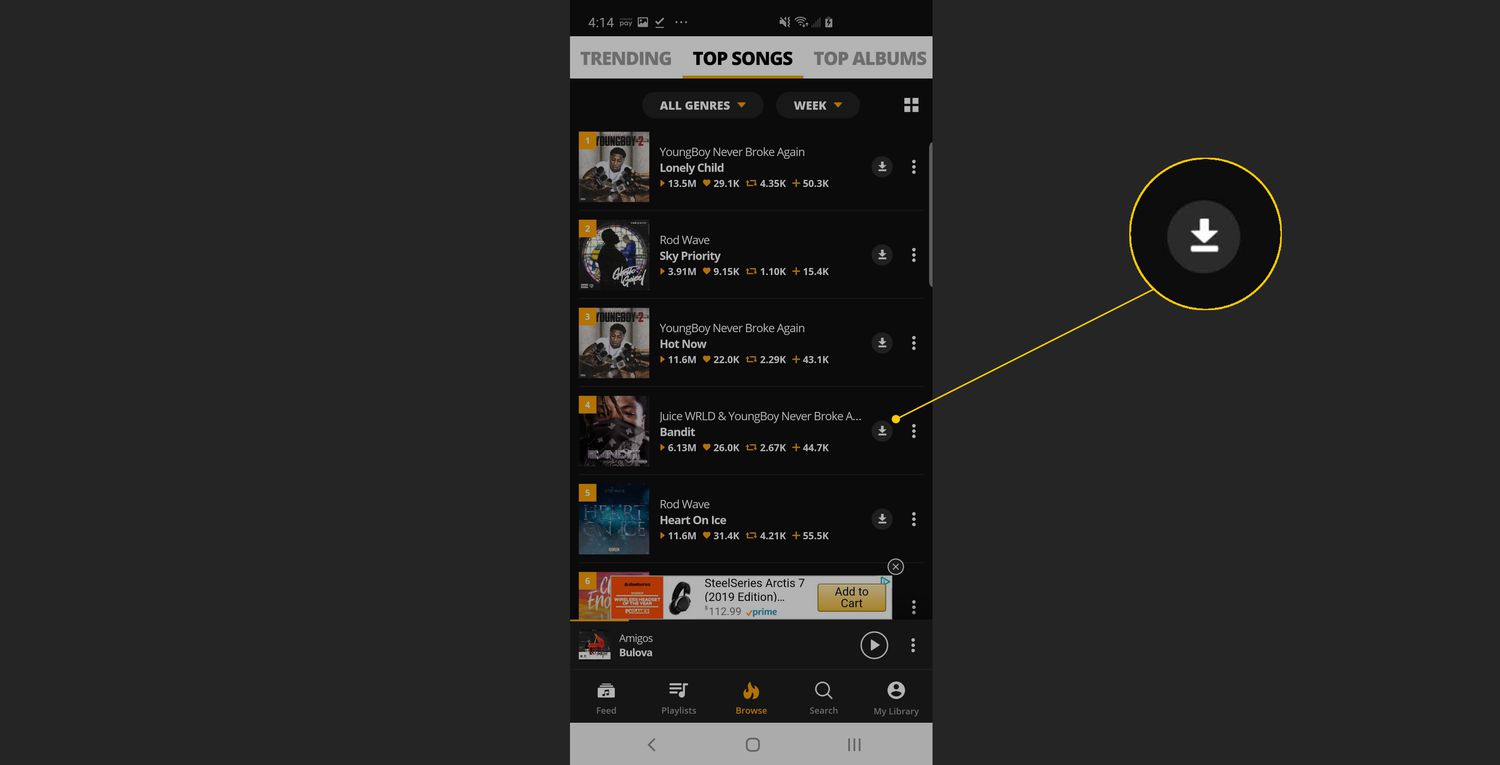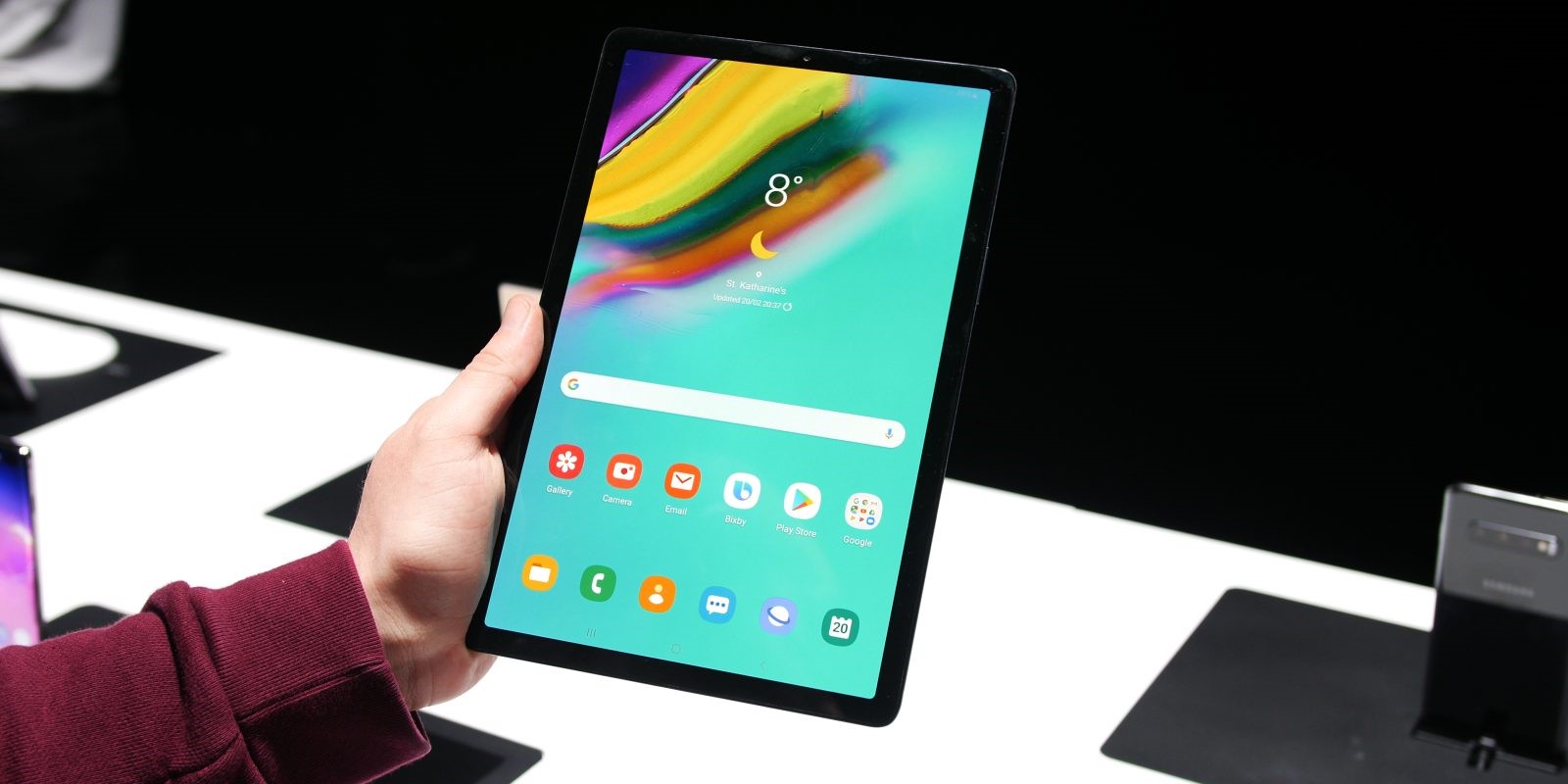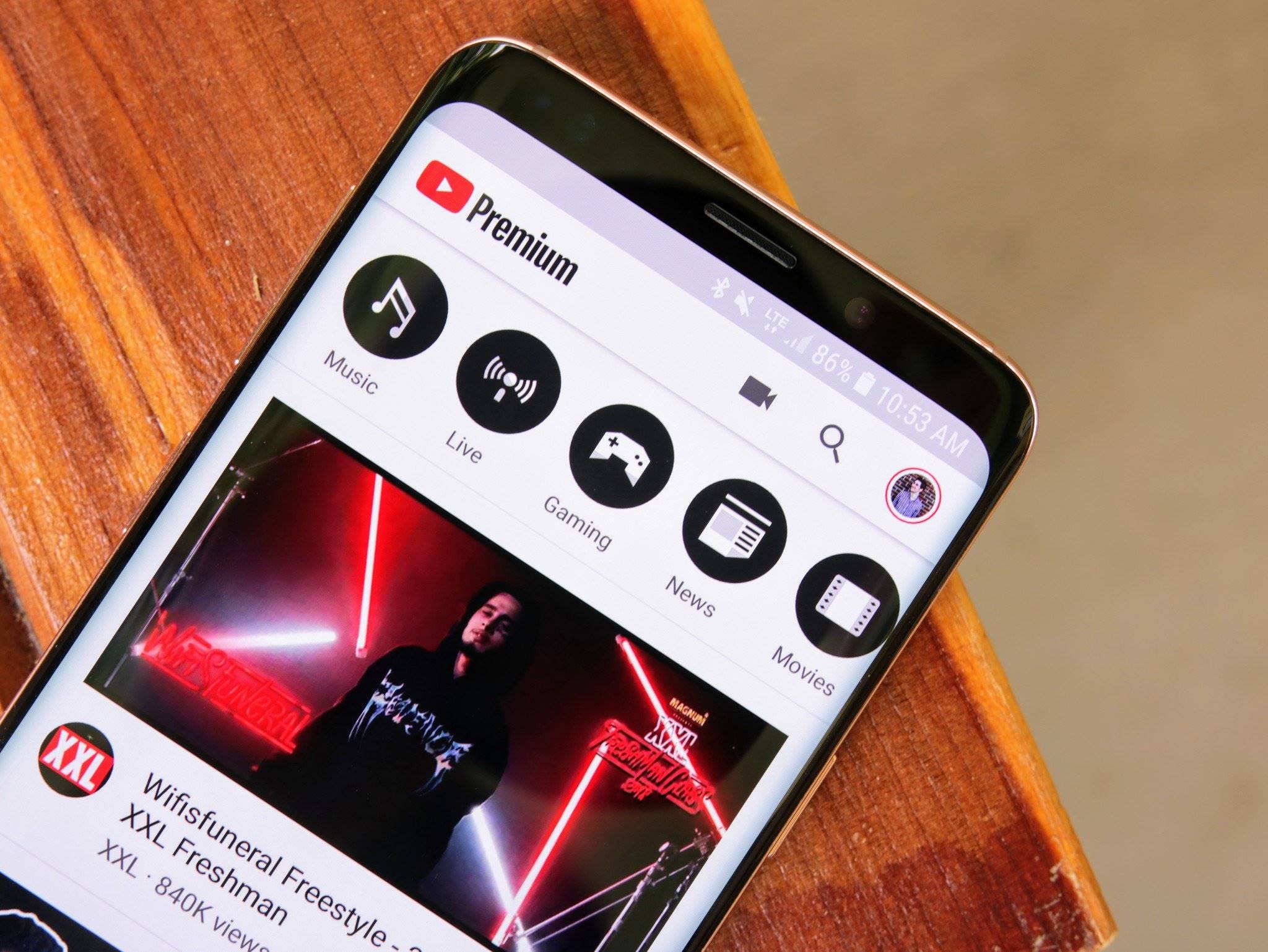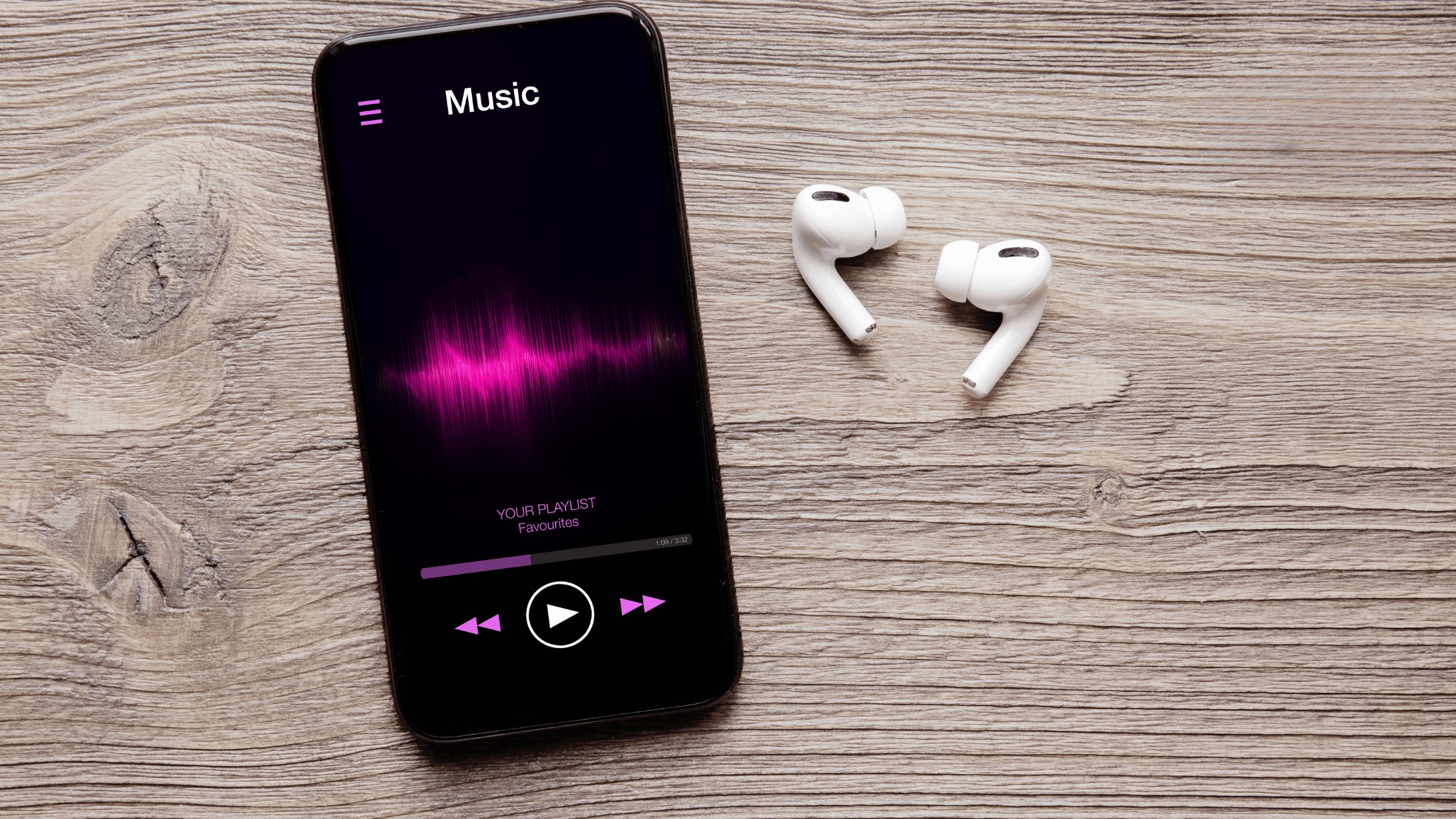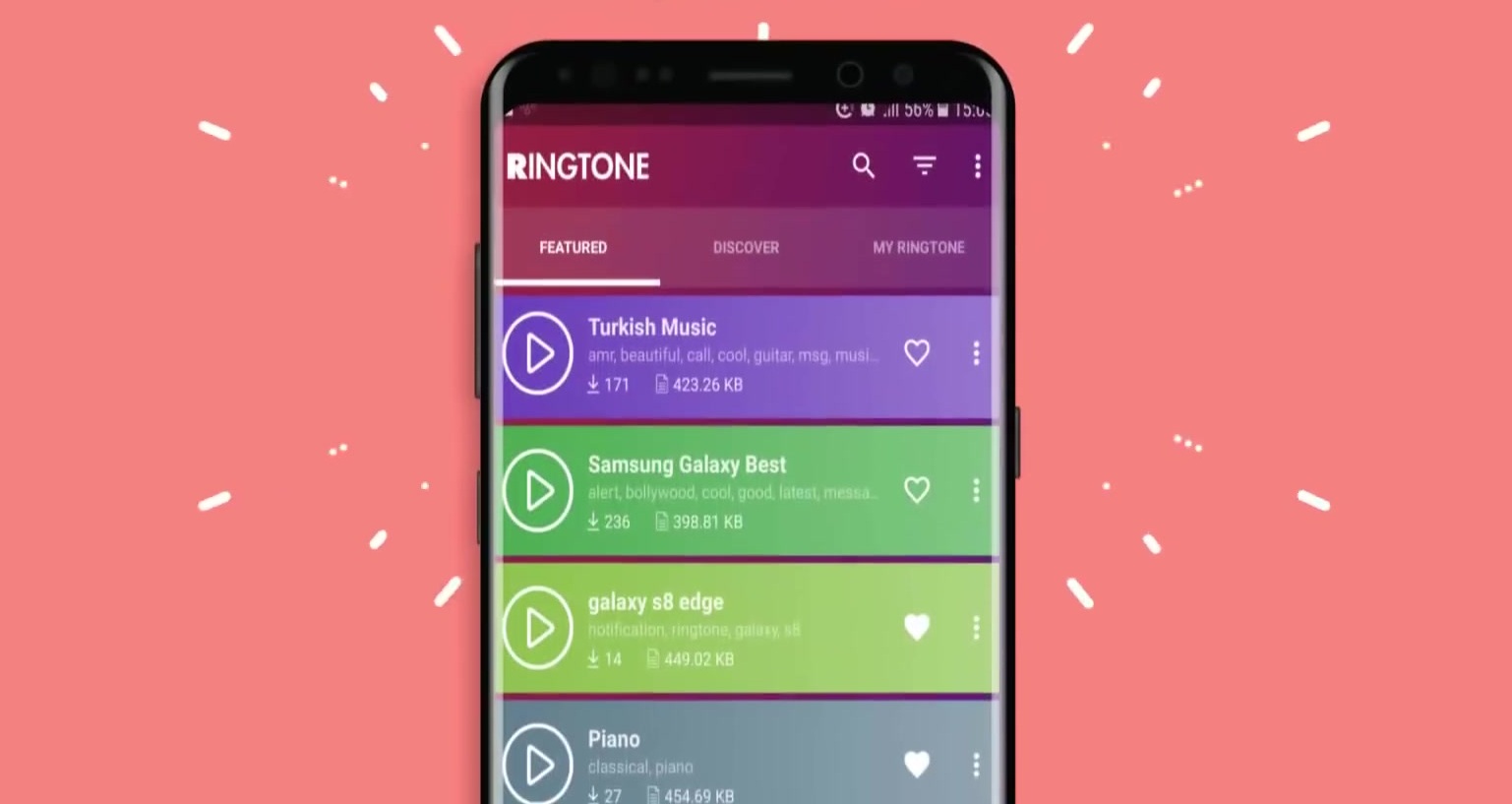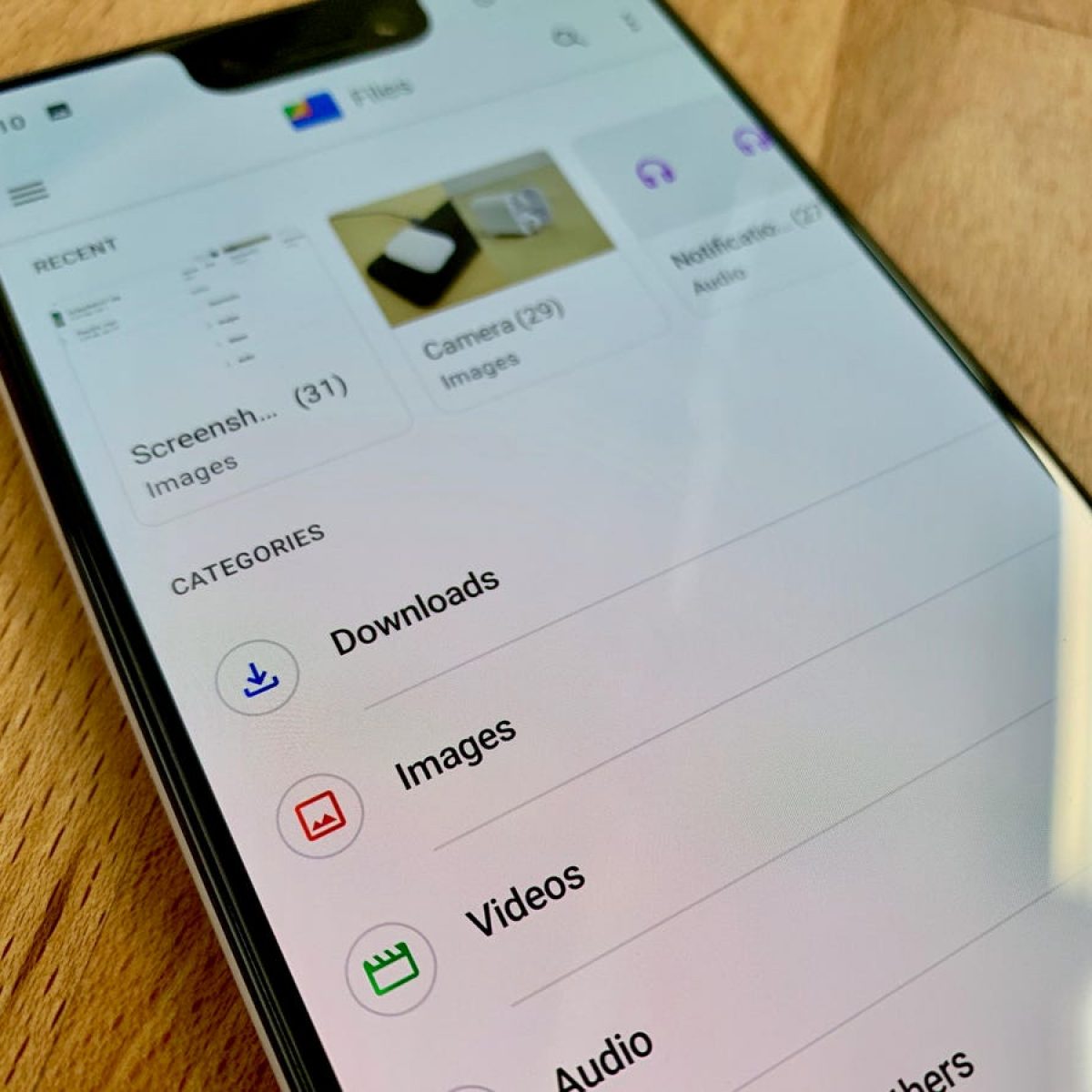Introduction
Welcome to the world of Android! Whether you are a seasoned Android user or new to the operating system, you may have wondered where your downloaded files go. It’s a common question, and in this article, we will guide you on how to find your downloads on Android.
Downloading files on Android is a breeze, whether it’s an image, a document, or a music file. However, locating those files afterwards might require a little bit of navigating. But fear not! Once you understand the basics, it will be easy to find and access your downloads.
Android devices provide various ways to manage and access downloaded files. From file manager apps to browsers and the notification panel, there are multiple avenues to explore. Additionally, some apps have their own dedicated download sections where you can find your downloaded content.
In this article, we will walk you through the different methods of locating your downloads on Android. Whether you’re using the default file manager, Chrome browser, or any other popular browser, we’ve got you covered. We will also show you how to customize the default download location on your device.
So, without further ado, let’s dive into the world of Android downloads and discover the various ways to find your downloaded files.
Understanding the Downloads Folder
Before we delve into the various methods of finding your downloads on Android, it’s important to understand the concept of the Downloads folder. When you download a file, it is typically saved to a specific folder on your device called the Downloads folder.
The Downloads folder is a default location where all downloaded files are stored by default. This folder acts as a central repository for your downloaded content, making it easy to access and manage your files.
By default, the Downloads folder is located in the internal storage of your Android device. However, depending on the device manufacturer and the Android version you are using, the actual location of the Downloads folder may vary.
To access the Downloads folder, you will need a file manager app. Most Android devices come with a pre-installed file manager app, such as Google’s Files app or Samsung’s My Files app. Additionally, there are several third-party file manager apps available on the Google Play Store.
Once you open the file manager app, you will usually find a navigation menu or a sidebar that displays different folders on your device. Look for the “Downloads” or “Download” folder in the list.
Upon opening the Downloads folder, you will see a list of all your downloaded files. The files are typically displayed with their respective names, file types, and file sizes. From here, you can view, open, rename, delete, or share your downloaded files with ease.
It’s worth noting that the Downloads folder may also contain subfolders or categories based on the type of files you’ve downloaded. For example, there might be separate folders for images, documents, videos, and music files.
Now that you have a basic understanding of the Downloads folder and its role in storing your downloaded files, it’s time to explore the different methods of finding your downloads on Android.
Finding Downloads using the File Manager App
One of the simplest and most straightforward ways to find your downloads on Android is by using the file manager app on your device. As mentioned earlier, most Android devices come with a pre-installed file manager app, but you can also download third-party options from the Google Play Store.
To access your downloads using the file manager app, follow these steps:
- Open the file manager app on your Android device. You can usually find it in the app drawer or on your home screen.
- In the file manager app, look for the “Downloads” or “Download” folder. This is where your downloaded files are stored by default. If you have a different file manager app, the name of the folder might vary slightly.
- Tap on the “Downloads” or “Download” folder to open it. Here, you will see a list of all your downloaded files organized by name, file type, and file size.
- Browse through the list to find the specific file you are looking for. You can tap on the file to open it or tap and hold to access additional options such as renaming or deleting the file.
Using the file manager app gives you full control over your downloaded files. You can easily organize them into folders, move them to other locations on your device, or even transfer them to external storage such as an SD card.
If you frequently download files on your Android device, it’s a good idea to regularly clean up your Downloads folder to free up space and keep things organized. Deleting files that you no longer need can help optimize your device’s storage and improve its performance.
Now that you know how to find your downloads using the file manager app, let’s explore other methods for locating your downloaded files on Android.
Locating Downloads in the Chrome Browser
If you often use the Chrome browser on your Android device, you might wonder where your downloaded files go. Chrome has a dedicated download section where you can easily find and manage your downloaded files.
Here is how you can locate your downloads in the Chrome browser:
- Open the Chrome browser on your Android device.
- Tap on the three-dot menu located in the top-right corner of the browser window. This will open a dropdown menu.
- In the dropdown menu, tap on the “Downloads” option. This will take you to the downloads section of the Chrome browser.
- In the downloads section, you will find a list of all your downloaded files. The files will be displayed with their names, file types, and file sizes.
- You can tap on any file to open it or tap and hold to access additional options such as sharing, deleting, or moving the file to a different location.
Chrome also provides a search bar at the top of the downloads section, allowing you to quickly search for a specific file by name or file type. This can be helpful if you have a large number of downloaded files and need to locate a specific one.
It’s important to note that the files you download using the Chrome browser are typically stored in the Downloads folder of your device’s internal storage. However, accessing the downloads through the Chrome browser provides a more convenient way to manage and view your downloaded files without the need for a separate file manager app.
Now that you know how to locate your downloads in the Chrome browser, let’s explore how to find downloads in other popular browsers on Android.
Finding Downloads in Other Browsers
While Chrome is a popular browser on Android devices, there are other browsers available that you might use to surf the web and download files. If you use a different browser, such as Firefox, Opera, or Samsung Internet, you can still easily locate your downloaded files using similar methods.
Here’s how to find downloads in some other popular browsers on Android:
Firefox
- Open the Firefox browser on your Android device.
- Tap on the three-dot menu located in the top-right corner of the browser window to open the menu.
- In the menu, tap on the “Downloads” option. This will take you to the downloads section of the Firefox browser.
- You will see a list of all your downloaded files with their names, file types, and file sizes. Tap on a file to open it or tap and hold to access additional options.
Opera
- Open the Opera browser on your Android device.
- Tap on the Opera logo located in the bottom-right corner of the browser window to open the menu.
- In the menu, tap on the “Downloads” option. This will take you to the downloads section of the Opera browser.
- In the downloads section, you will find a list of all your downloaded files. You can tap on a file to open it or tap and hold for more options.
Samsung Internet
- Open the Samsung Internet browser on your Android device.
- Tap on the three-dot menu located in the bottom-right corner of the browser window to open the menu.
- In the menu, tap on the “Downloads” option. This will take you to the downloads section of the Samsung Internet browser.
- You will see a list of all your downloaded files. Tap on a file to open it or tap and hold for additional options.
These are just a few examples of popular browsers, but other browsers may have similar options to access your downloads. Check the settings or menu of your preferred browser to find the specific location where downloaded files are stored.
Now that you know how to find downloads in different browsers, let’s explore additional methods for accessing your downloaded files on Android.
Accessing Downloads from the Notification Panel
The notification panel on your Android device provides a convenient way to access your recent downloads without having to navigate through different apps or menus. When you download files, Android often displays a notification in the notification panel, allowing you to quickly access and manage your downloads.
Here’s how you can access and manage your downloads from the notification panel:
- After downloading a file, swipe down from the top of your screen to open the notification panel.
- Look for the download notification. It may be labeled with the name of the file or the app that initiated the download.
- Tap on the download notification to expand it.
- In the expanded notification, you will find options such as open, share, or delete, depending on the app and file type.
- Tap on the appropriate option based on what you want to do with the downloaded file.
By accessing your downloads directly from the notification panel, you can quickly open the downloaded file or perform actions like sharing it with others or deleting it if it is no longer needed.
It’s important to note that the availability and functionality of download notifications may vary depending on the app or browser you use to download files. Some apps may provide more options or advanced features in their download notifications.
Now that you know how to access your downloads from the notification panel, let’s explore how you can check your downloads within specific apps.
Checking Downloads in Apps
In addition to using file manager apps and web browsers, many apps on Android have their own built-in download managers or sections where you can find and manage your downloaded files. This can include apps such as email clients, social media platforms, messaging apps, and more.
Here’s how you can check your downloads within specific apps:
Email Clients
Email clients like Gmail, Outlook, or the default Email app often allow you to download attachments from your emails. To access your downloads in these apps, follow these steps:
- Open the email client app on your Android device.
- Open the email containing the attachment you downloaded.
- Tap on the attachment to open and view it.
Most email clients automatically download attachments to a specific folder within the app. However, if you need to access downloaded files outside of the email app, you can usually find them in the default Downloads folder of your device’s internal storage or the folder designated by the email app itself.
Social Media Platforms
Popular social media platforms like Facebook, Instagram, or Twitter allow users to download media files such as photos and videos. To access your downloads in these apps, refer to the following steps:
- Open the social media app on your Android device.
- Locate the post or message that contained the downloaded media file.
- Tap on the media file to view it in the app’s built-in viewer or player.
Similar to email clients, social media platforms often have a designated folder within the app or save the downloaded media to your device’s default Downloads folder. If you need to access the media files outside of the social media app, you can find them in these locations.
Messaging Apps
Messaging apps such as WhatsApp, Telegram, or Facebook Messenger also support file transfers, allowing you to download files directly within the chat conversations. To access your downloads in messaging apps, follow these steps:
- Open the messaging app on your Android device.
- Open the chat conversation containing the downloaded file.
- Tap on the downloaded file to open or view it.
Typically, messaging apps store downloaded files in a specific folder within the app itself. However, you can also find the downloaded files in the default Downloads folder of your device’s internal storage.
Remember, the steps to access the downloads within specific apps may vary slightly depending on the app you are using and its user interface. However, most apps have intuitive designs that make it easy to find and manage your downloaded files.
Now that you know how to check your downloads within different apps, let’s explore how to customize the default download location on your Android device.
Changing the Default Download Location
If you prefer to have your downloaded files saved to a specific location other than the default Downloads folder, you can customize the default download location on your Android device. This allows you to organize your files based on your preferences and easily access them from the desired folder.
Here’s how you can change the default download location:
- Open the Settings app on your Android device.
- Scroll down and tap on the “Storage” or “Storage & USB” option. The exact name may vary depending on your device and Android version.
- Look for the “Downloads” or “Default download location” option. It is usually located under the “Storage” or “Device” section.
- Tap on the “Downloads” or “Default download location” option.
- Select the desired folder or location where you want your downloads to be saved. You can choose from existing folders or create a new folder specifically for your downloads.
- Once you have chosen the desired location, tap “Apply” or “Save” to confirm the changes.
Upon changing the default download location, any files you download from that point forward will be saved to the newly specified folder or location. It’s important to remember that changing the default download location does not affect previously downloaded files; they will remain in the original Downloads folder unless moved or deleted manually.
By customizing the default download location, you can easily manage and organize your downloaded files based on different categories or preferences. Whether you prefer to save files to an external SD card or a specific internal storage folder, Android allows you the flexibility to customize your download location.
Now that you know how to change the default download location, let’s wrap up our discussion.
Conclusion
Finding and accessing your downloaded files on Android is essential for managing your content efficiently. Whether you use file manager apps, web browsers, or specific apps with built-in download managers, there are multiple ways to locate your downloads.
By understanding the concept of the Downloads folder and using the file manager app, you can navigate through your internal storage to find and manage your downloaded files. Additionally, popular web browsers like Chrome, Firefox, and Opera have dedicated download sections where you can easily access and control your downloads.
Many apps such as email clients, social media platforms, and messaging apps have their own download sections or folders for easy access to downloaded files. Checking your downloads within these apps allows you to find media files, documents, and other files that you have received or sent through these platforms.
If you prefer to change the default download location, you can do so in your device’s Settings. This customization gives you the flexibility to save your files to a specific folder or location of your choice, making it easier to manage your downloaded content based on your preferences.
With the various methods explored in this article, you should now have a solid understanding of how to find, access, and organize your downloaded files on Android. Whether you’re a seasoned Android user or new to the platform, these techniques will help you stay organized and make the most out of your downloaded content.







